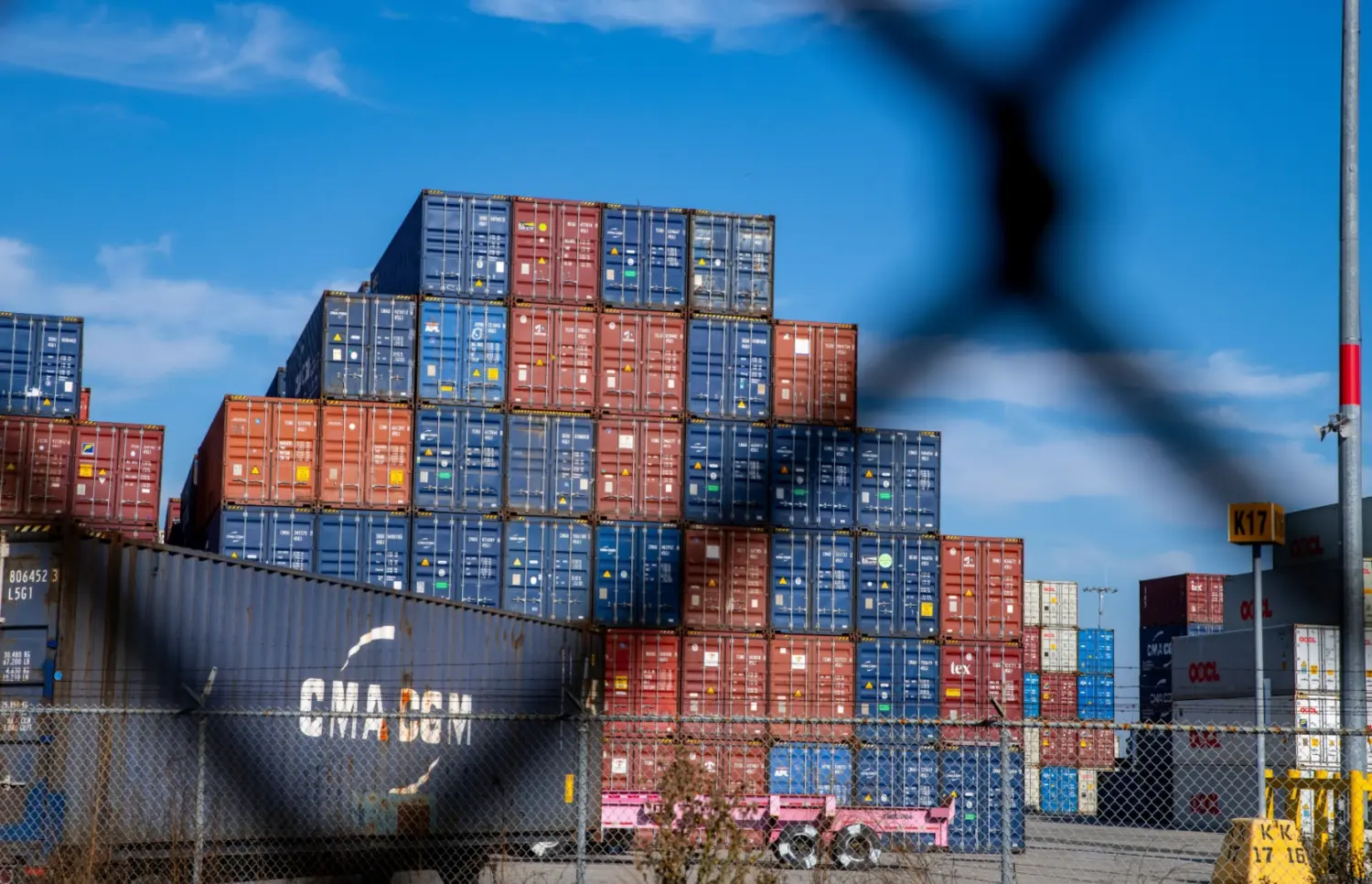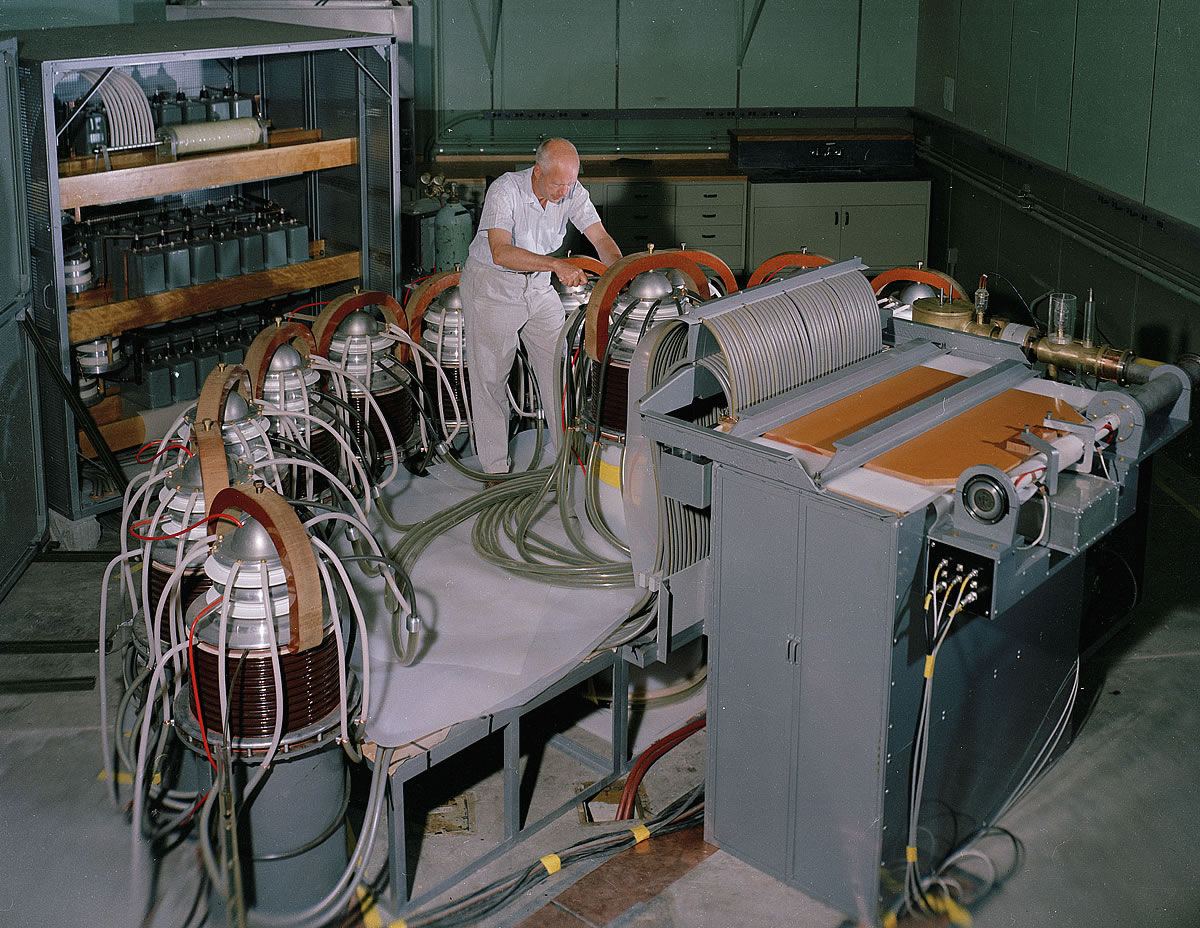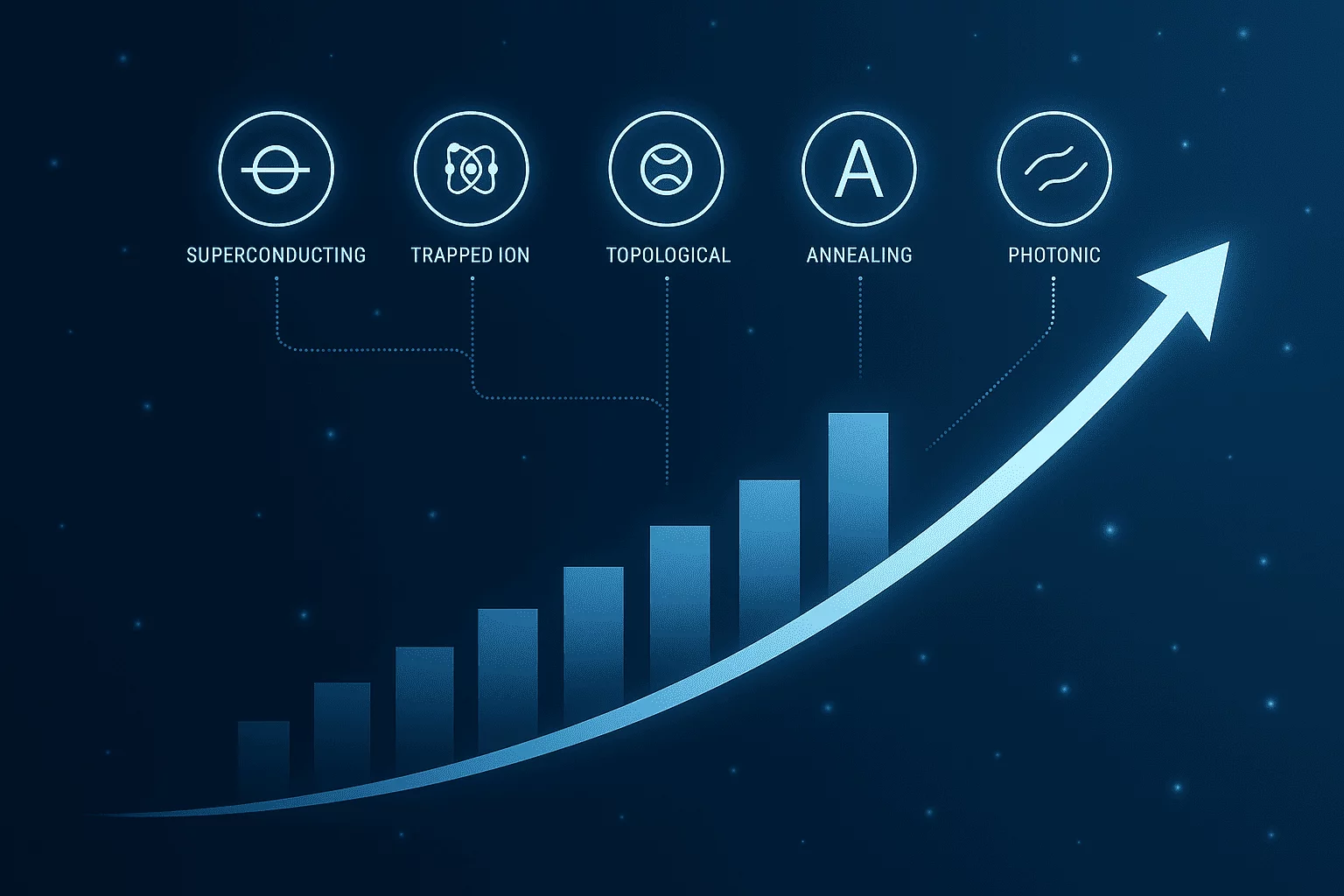The debate over tariffs and trade deficits has surged back into the spotlight in 2025. With the U.S. reigniting a series of sweeping tariffs against China and other key trading partners, policymakers are again arguing that protectionist policies are the key to fixing America’s persistent trade imbalance. The logic, at first glance, seems intuitive: if we import less, we buy more domestically. That should close the trade gap, right? Dive into the facts behind the U.S. trade deficit. Do tariffs actually help?
The relationship between tariffs and the trade deficit is far more complex than it seems. In fact, despite multiple rounds of tariffs over the past decade—including the ongoing Tariffs 2.0 framework of 2025—the U.S. trade deficit remains wide and persistent.
In this blog, we explore the facts, the myths, and the surprising realities about whether tariffs truly correct trade imbalances. We’ll break down what the trade deficit actually means, what role tariffs really play, and what alternative strategies economists suggest. We’ll also include insights from Mattias Knutsson, a leading voice in global procurement, to understand how trade policy decisions reverberate through supply chains and business strategy.
Understanding the Tariffs Trade Deficit: It’s Not What Most People Think
The U.S. trade deficit occurs when the value of imports exceeds the value of exports. For decades, the U.S. has run a consistent trade deficit, particularly in goods. In 2024, the U.S. trade deficit in goods reached approximately $1.06 trillion, the third highest on record.
It’s important to understand that a trade deficit doesn’t necessarily mean an economy is struggling. In fact, during periods of strong domestic growth and consumer spending, trade deficits tend to widen. Americans buy more—including goods from abroad.
Many economists argue that trade deficits are more a reflection of macroeconomic imbalances than unfair trade. The U.S. dollar’s global reserve currency status, high consumption rates, and low savings rate contribute more to the trade deficit than tariffs ever could offset.
Do Tariffs Actually Reduce Trade Deficits?
The idea that tariffs can reduce trade deficits is one of the most persistent myths in economic policy. The evidence, especially from the last six years, suggests otherwise.
After the first wave of Trump-era tariffs in 2018–2019, the U.S. trade deficit actually increased in the following years. According to data from the U.S. Census Bureau:
- The U.S. goods trade deficit rose from $891 billion in 2018 to over $1.06 trillion in 2024.
- Tariffs reduced imports from targeted countries like China, but imports shifted to other low-cost countries like Vietnam, Mexico, and India.
- Export volumes also fell in response to retaliatory tariffs from other countries, offsetting any reduction in imports.
In 2025, despite new tariffs ranging from 30% to 145%, economists expect the trade deficit to remain large due to continued domestic demand, especially for energy, consumer electronics, and automotive components.
A study by the Peterson Institute for International Economics concluded: “Tariffs do not correct trade imbalances. They merely rearrange the geography of trade.”
Why Tariffs Often Backfire
Tariffs are often marketed as tools to revive domestic industry, create jobs, and reduce dependency on foreign production. However, the reality tends to be far more nuanced—and in many cases, counterproductive.
Rising Costs for Consumers and Businesses:
Tariffs act as a tax on imported goods, raising prices. This affects both consumers and producers. A 25% tariff on semiconductors, for example, increases costs for U.S. tech manufacturers who rely on global supply chains.
Retaliation from Trade Partners:
Countries like China and the EU have responded to U.S. tariffs with their own, often targeting politically sensitive exports such as U.S. agriculture, industrial goods, or high-tech products.
Disrupted Supply Chains:
As supply chains are forced to adapt, companies face higher costs, delays, and logistical headaches. Small and medium-sized enterprises (SMEs), in particular, struggle to absorb these disruptions.
Investment Uncertainty:
Tariffs create an unpredictable business environment, reducing incentives for long-term investment in both manufacturing and R&D.
The Real Drivers of the Tariffs Trade Deficit
If not tariffs, then what drives the trade deficit? Economists point to several key structural factors:
Strong Dollar: The U.S. dollar’s role as a global reserve currency makes American goods more expensive abroad while making imports cheaper.
Low Domestic Savings Rate: The U.S. saves less than most of its peers. When national investment exceeds national savings, a country imports capital, which contributes to a trade deficit.
Consumer Demand: American consumers are among the world’s most prolific spenders, often preferring imported goods due to price and availability.
Energy Markets: Though energy independence has improved in recent years, the U.S. still imports large quantities of refined petroleum products and raw materials.
These long-term economic traits are not easily altered by tariffs.
Case Studies: Sector-Level Impact of Tariffs
To understand how tariffs affect the broader economy, let’s examine a few sectors impacted by recent U.S. trade policy:
Electronics and Semiconductors:
Tariffs on Chinese semiconductors in 2025 have driven U.S. firms to seek alternatives in Taiwan, Vietnam, and South Korea. However, the higher costs and logistical complexities are driving up prices across the tech sector.
Automotive Industry:
New 100% tariffs on Chinese electric vehicles were intended to protect U.S. automakers. Yet, companies like Tesla still depend on Chinese battery components. This has led to higher vehicle prices and pressure on EV adoption.
Agriculture:
When China retaliated against U.S. tariffs by targeting soybeans and corn, American farmers took the hit. Many had to depend on government subsidies to offset lost exports. The trade deficit in agriculture actually widened in some years.
These examples show that tariffs rarely lead to a net gain in domestic production or trade balance improvement.
Global Reactions and Realignments
U.S. protectionism has also encouraged other nations to strike bilateral deals, deepen trade ties with each other, and move away from dependency on the American market.
- The EU has strengthened trade agreements with Japan, Australia, and Latin American countries.
- China has pivoted more aggressively into Southeast Asia through RCEP (Regional Comprehensive Economic Partnership).
- Canada and Mexico have pursued new trade frameworks in response to unpredictability in the U.S.-Mexico-Canada Agreement (USMCA).
Ironically, these moves could make it harder for U.S. exporters to compete globally, further exacerbating trade imbalances.
What Alternatives Actually Work?
If tariffs don’t fix trade deficits, what does?
Invest in Competitiveness: Funding for infrastructure, education, innovation, and manufacturing productivity can help U.S. companies become more competitive globally.
Strengthen Trade Relationships: Rather than punitive tariffs, mutually beneficial trade agreements can open new markets for U.S. exports.
Reform Tax Policy: Encouraging higher domestic savings and investment through smarter tax incentives could address the macroeconomic drivers of the trade deficit.
Boost Energy and Resource Independence: Strategic investment in clean energy, rare-earths, and advanced materials can reduce import reliance and support export growth.
These approaches require more patience than tariffs—but they offer sustainable benefits.
Conclusion
Tariffs make for powerful headlines and political promises, but the data tells a different story. They rarely close trade gaps. Instead, they shift supply chains, raise costs, and provoke retaliation. The real path to trade balance lies in long-term investment, structural reform, and strategic diplomacy.
Mattias Knutsson, a seasoned global procurement strategist, reflects on the reality faced by businesses on the ground: “Trade policy doesn’t operate in a vacuum. Every tariff ripple affects supplier contracts, sourcing stability, and customer pricing. The future belongs to companies that plan beyond tariffs and invest in resilient, multi-sourced procurement models.”
Fixing the trade deficit isn’t about shutting borders. It’s about opening up smarter. And that requires us to move beyond myths, and face the hard, data-driven truths.





